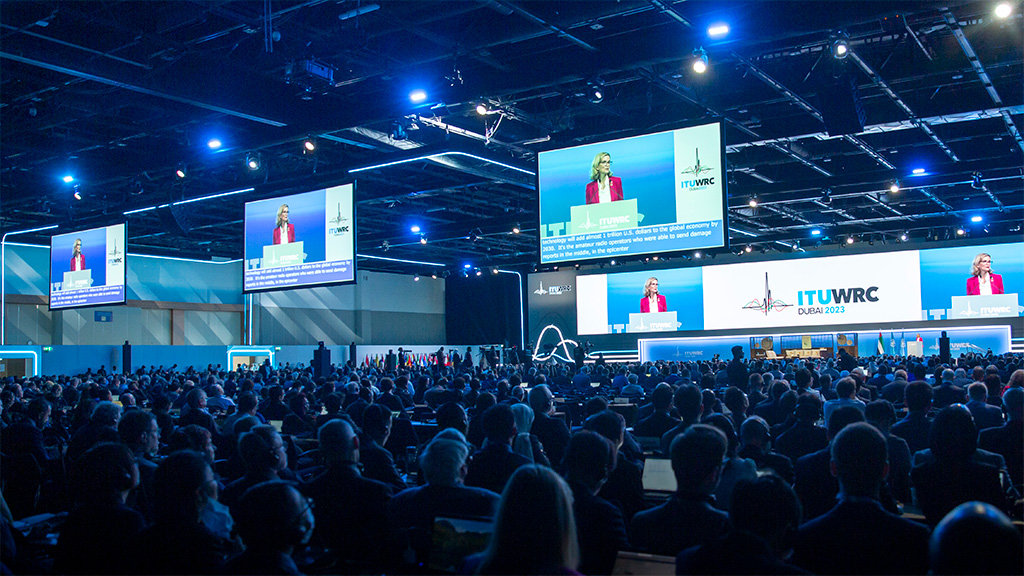Broadcasting will remain the primary service in the UHF band below 700 MHz in Europe, the Middle East, Africa, and parts of Asia. It means that broadcasters in this region will continue to be able to transmit digital terrestrial television services in these frequencies, at least until 2031. Telecommunications operators had argued that more of this spectrum should be released primarily for mobile communications.
Almost 4,000 delegates from 163 counties deliberated on the future usage of a wide range of radiofrequency bands at the WRC-23 World Radiocommunications Conference of the International Telecommunication Union in Dubai.
The final agreement will retain the primary allocation to broadcasting services in the 470-694 MHz band in Region 1, while providing the option for mobile services on a national basis. These frequencies can also continue to be used for programme making and special events for applications like wireless microphones.

The European Broadcasting Union, which represents a range of public service broadcasters, had lobbied for the retention of the primary allocation of these frequencies for broadcast use.
“This is a positive outcome for EBU Members as it accommodates the key elements of the EBU’s position,” said the EBU director of technology and innovation, Antonio Arcidiacono. He added that most EBU members use digital terrestrial television and all of them use these frequencies for programme making, with the UHF band being the only globally available spectrum for these services.
“The WRC-23 decision ensures continued access to spectrum and stable regulatory conditions, which are essential for investments and the evolution of DTT and PMSE,” he said, including the introduction of new technologies such as UHDTV, 5G Broadcast and wireless multichannel audio systems.
In the United Kingdom, the communications regulator Ofcom had recommended a ‘no change’ position to retain primary use for broadcasting, but spectrum allocations are ultimately determined for large regions of the world, with Region 1 covering Europe, Africa, and the Middle East west of the Persian Gulf.
It means that digital terrestrial television services will continue in the United Kingdom for many years, although the international use of the frequencies used will be reviewed and the 2031 conference.
